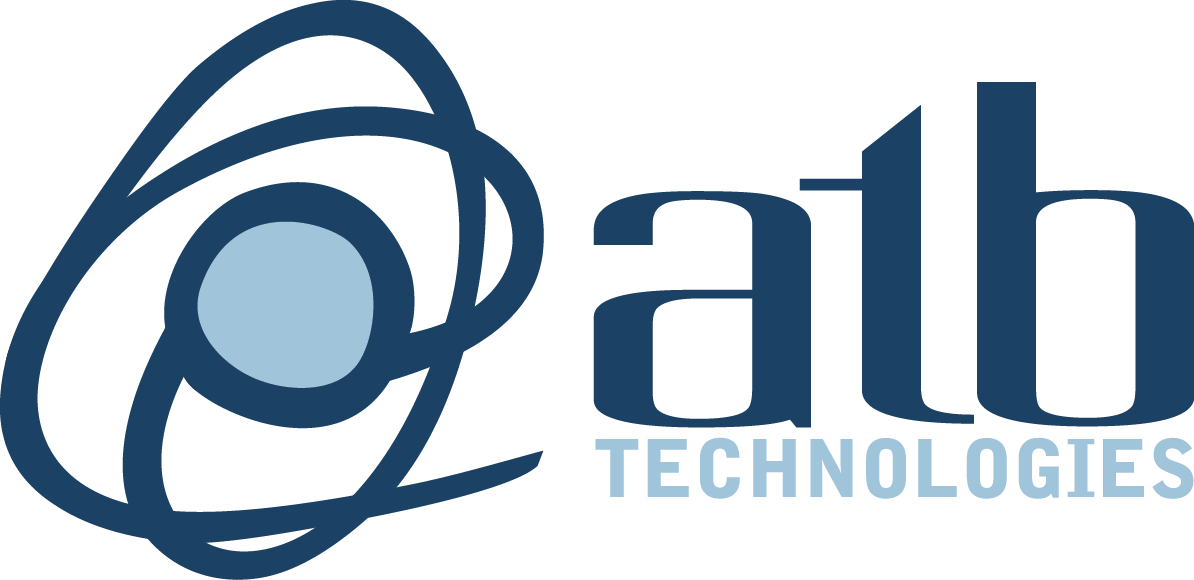[x_section style=”margin: 0px -45px -25px -45px; padding: 45px 0px 0px 0px; “][x_row inner_container=”true” marginless_columns=”false” bg_color=”” style=”margin: 0px auto 0px auto; padding: 0px 0px 0px 0px; “][x_column bg_color=”” type=”1/1″ style=”padding: 0px 0px 0px 0px; “][x_text] We’ve said it countless times before, but it’s worth repeating: employees have the potential to be one of your biggest IT security threats. This is especially true if you are providing IT support for remote employees. This is not because they’re intentionally looking to do your business harm, but it is simply due to carelessness and human error. To reduce potential risks and ensure everyone is aware of company expectations related to information technology, it is important to have documented IT policies and ongoing employee training for your business that address everything from personal internet and email usage to data retention and passwords.
We’ve said it countless times before, but it’s worth repeating: employees have the potential to be one of your biggest IT security threats. This is especially true if you are providing IT support for remote employees. This is not because they’re intentionally looking to do your business harm, but it is simply due to carelessness and human error. To reduce potential risks and ensure everyone is aware of company expectations related to information technology, it is important to have documented IT policies and ongoing employee training for your business that address everything from personal internet and email usage to data retention and passwords.
Our team of tech-savvy security experts has put together the top 7 areas that all small- and medium-sized businesses should be sure to address in their IT policies.
Acceptable Use of Technologies – It may seem obvious, but having a clear outline of how business-owned technologies and resources may and may not be used is one of the easiest ways to prevent an IT security breach. This includes everything from computers and telephones to internet and email. In this policy, guidelines should be established and consequences of misuse should be clearly stated.
Cybersecurity Measures – Guidelines for passwords, network access and maintaining updates are an essential component of any IT security policy for business.
Disaster Recovery & Data Backup – Expectations for how data should be backed up, with what frequency, and what to do if there is a loss of data should be explicitly addressed before any employee gains access to any network containing critical business information.
Technology Standards – You likely already have someone managing company-owned hardware and software, but do you have specific standards regarding what software may or may not be installed on company devices (e.g., private messaging or music streaming apps)?
Network Permissions & BYOD – Every business should have a clear outline of how the network should be configured, who is given access and at what permissions level, but network security goes beyond that. Are employees allowed (or expected) to bring in their own devices, such as cell phones or tablets, and use them on the network? If so, do you have a Bring Your Own Device (BYOD) policy in place? Are guests or visitors allowed to utilize your wireless network?
Data Access & Retention – Employees who have access to business data, particularly of the confidential or proprietary variety, need to understand how such information should be handled clearly. This includes guidelines for how and where it may be accessed, stored, and when necessary, disposed of. This is particularly important if employees are allowed to access business data from a personal device.
Incident Response – When something goes wrong (and it’s only a matter of time before it does), it is vital that employees understand the procedure for reporting an incident. This includes everything from a computer that’s been infected by a virus to a stolen device that has access to business data.
If the thought of creating, implementing and enforcing policies to cover these areas of IT security sounds overwhelming, you’re not alone. At ATB, we are known for helping small- and medium-sized businesses achieve maximum IT security. To learn more about how our technology experts can deliver results for your business, contact us today![/x_text][x_prompt type=”left” title=”Call Us Today” message=”Give us a call: 314-878-4166″ button_text=”Contact Us Online” button_icon=”comment” circle=”false” href=”/contact/” href_title=”” target=””][/x_column][/x_row][/x_section]
